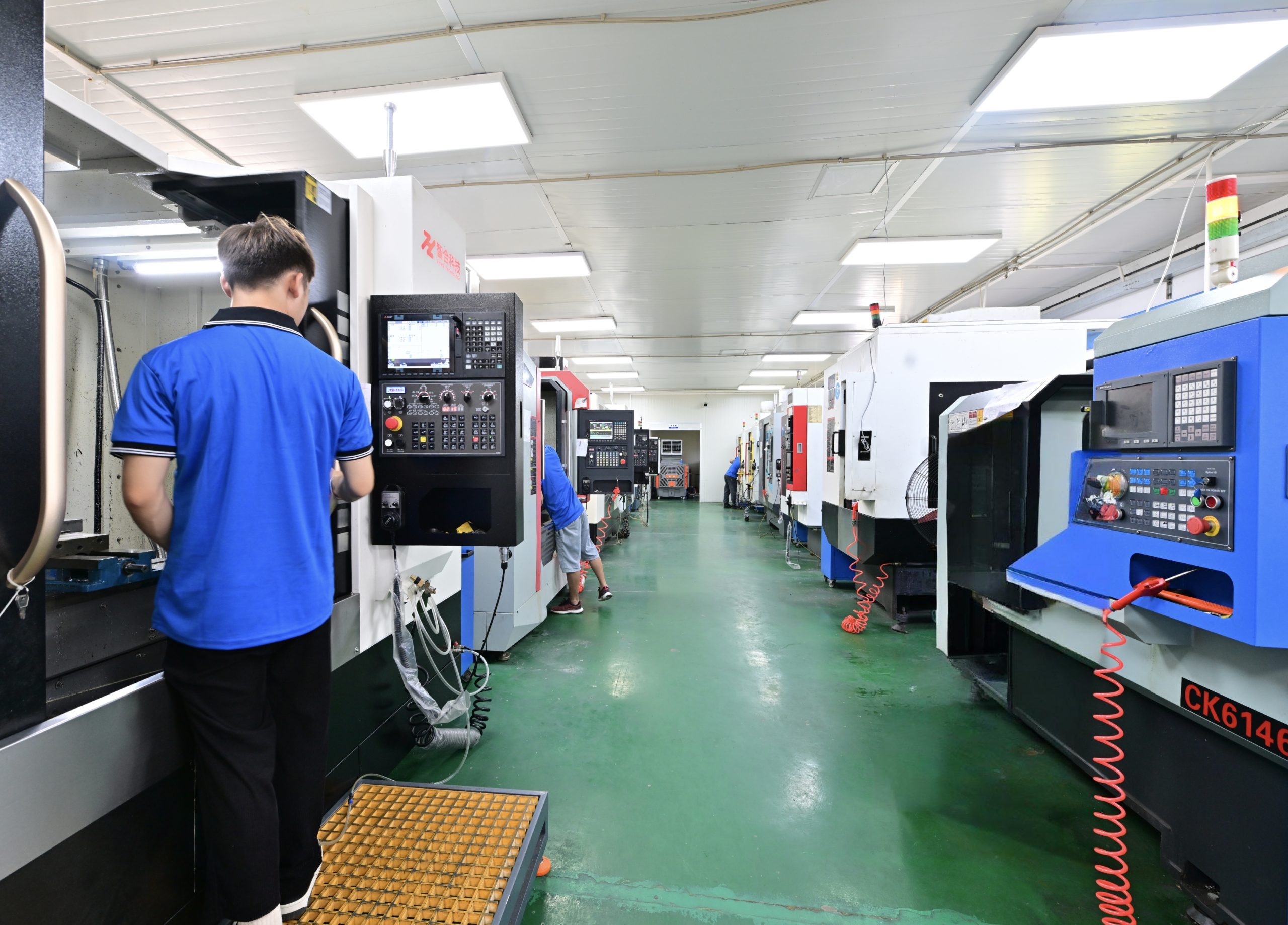The Essence of Prototype CNC Machining
Prototype CNC machining exists at the forefront of modern manufacturing practices, offering unparalleled precision and efficiency. This advanced process employs computer numerical control to produce intricate parts from various materials, including metals and plastics. The advantage of using prototype CNC machining lies not only in its ability to create high-accuracy components but also in its rapid turnaround times, making it an essential service for companies eager to innovate. For instance, automotive firms often utilise this technology to develop new engine components, allowing them to extensively test designs before full-scale production. The ability to quickly iterate on designs significantly enhances product development cycles, demonstrating the practical value this method offers to diverse industries.

Practical Applications of CNC Prototyping
CNC prototyping is an invaluable resource for engineers and designers alike, streamlining the path from concept to tangible product. The process allows for fast and cost-effective production of prototypes, enabling teams to identify flaws early in the design stage. This not only conserves resources, but also mitigates the risks associated with traditional manufacturing methods. Taking advantage of cnc prototyping can significantly reduce time-to-market for new products. For example, a tech company might use CNC prototyping to test the ergonomics of a new device’s casing, leading to adjustments that enhance user satisfaction before mass production begins. This practical application speaks directly to efficiency, reinforcing why businesses should integrate CNC prototyping into their product development strategies.

Enhancing Efficiency and Innovation
CNC prototyping plays a crucial role in refining product designs and enhancing efficiencies within manufacturing processes. By allowing rapid iteration of prototypes, businesses can swiftly adapt to changing market demands or design innovations. This flexibility is particularly important in sectors where speed and adaptability are paramount, such as consumer electronics and aerospace. By choosing cnc prototyping, manufacturers not only improve their product quality but also achieve competitive advantages through reduced development timelines. Moreover, the advanced technologies employed in CNC machining ensure that even the most complex designs can be realised accurately. As companies continue to face pressure to innovate rapidly, implementing CNC prototyping will undoubtedly prove beneficial. This evolution of manufacturing technology revolutionises how organisations approach design and development, promoting a culture of continuous improvement.
Conclusion: The APT-Mold Advantage
In summary, prototype CNC machining and CNC prototyping embody significant advancements in manufacturing, offering businesses the tools to innovate and enhance efficiency. As organisations strive to remain competitive, the importance of embracing these technologies cannot be overstated. Among the various manufacturers, APT-Mold stands out for its commitment to supply advantages, ensuring clients receive high-quality components efficiently and reliably. By choosing APT-Mold, businesses gain access to expert knowledge and state-of-the-art machining capabilities that can transform their product development process. With such robust support, integrating CNC services into your operations becomes an actionable pathway towards sustainable innovation.